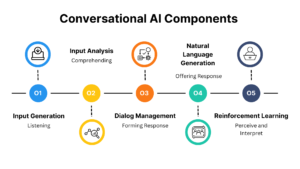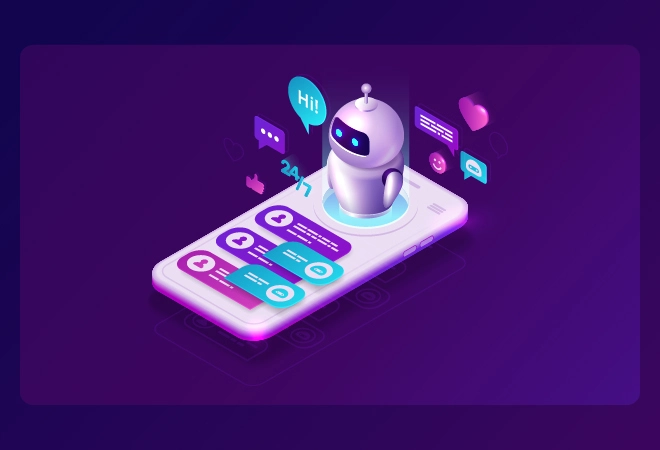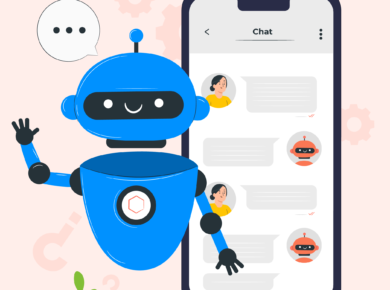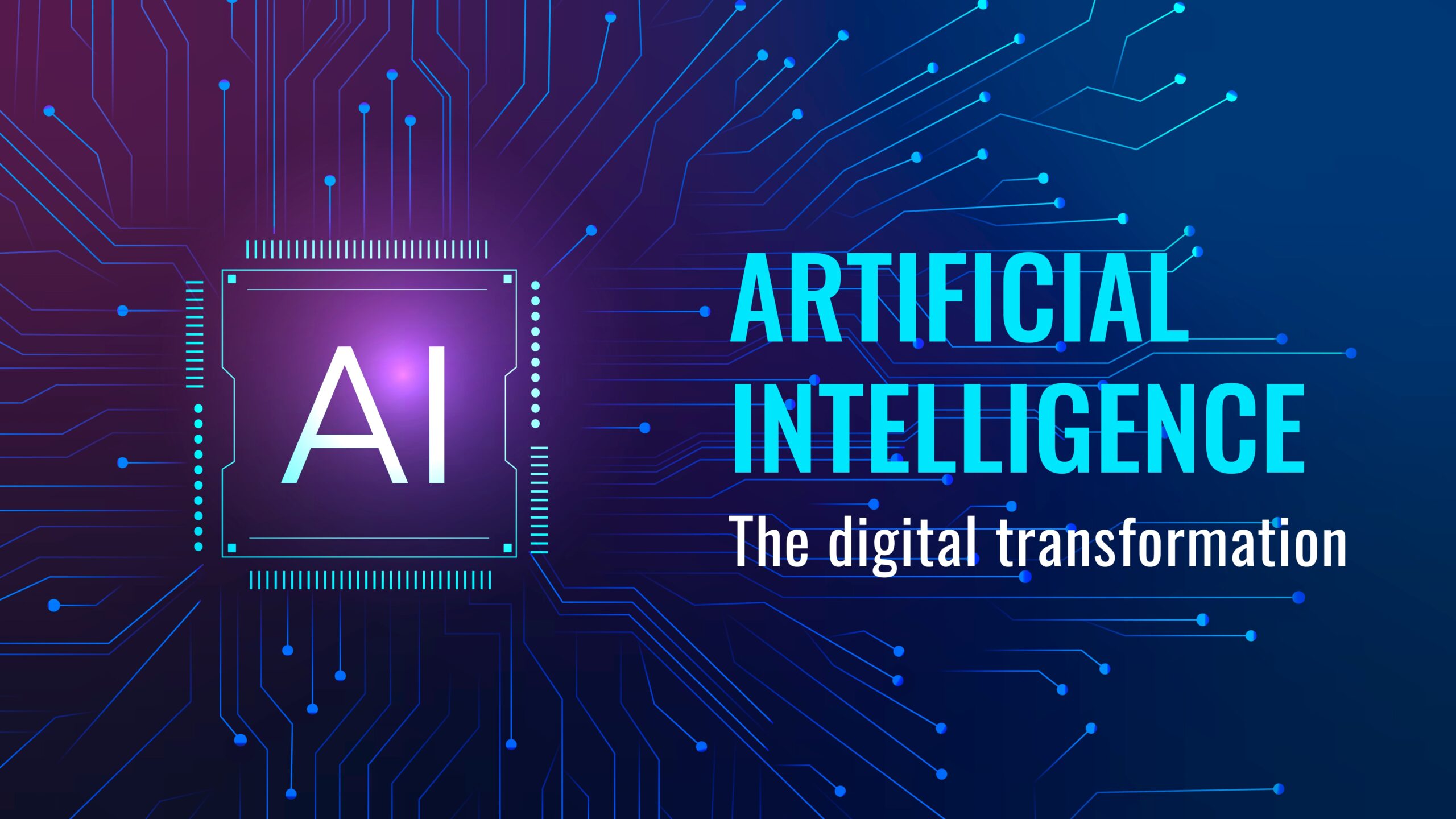The conversational AI industry is anticipated to reach $1.3 billion by 2025, increasing at a 24% CAGR. Conversational AI capabilities have significantly improved in the 2020s. New generation chatbots are more successful than first generation conversational technologies. As a result, they may successfully improve both internal and external consumer experiences.
What is conversational AI?
Conversational AI (artificial intelligence) refers to systems such as virtual assistants or chatbots that can “talk” to people (answer questions, for example).
Conversational AI apps are frequently utilised in customer support. They are available on websites, online retailers, and social media platforms. AI technology can significantly improve the speed and efficiency with which consumer inquiries are answered and routed. The ultimate goal of conversational AI is to become indistinguishable from a human being or a computer.
How does it work?
Conversational AI is essentially powered by two functions. The first of these is machine learning. Simply said, machine learning means that the technology “learns” and improves as it is used. It gathers data from its own exchanges. It then uses that knowledge to develop itself over time.
The second is known as natural language processing, or NLP. This is the method by which artificial intelligence comprehends language. It can progress to natural language generation after learning to recognise words and phrases. This is how it communicates with your customers.
Structures that provide specified outputs to specific inputs are the most basic example of conversational platforms. Conversational platforms, on the other hand, can handle a broader range of queries thanks to machine learning. Furthermore, conversational AI systems can take into account the context (i.e. the remainder of the conversation) when determining the users’ intent and reaction.
 The top 5 benefits of using conversational AI tools
The top 5 benefits of using conversational AI tools
- Save time
In the ideal scenario, every one of your clients would receive comprehensive customer service. However, some consumers will come to you with significantly simpler questions than others. A chatbot or virtual assistant is an excellent approach to ensure that everyone’s demands are met without overburdening yourself and your staff.
- Increased accessibility
You cannot be available to your customers 24 hours a day, seven days a week. This issue can be solved by equipping your social media platform with conversational AI. If a consumer requires assistance outside of typical business hours, a chatbot can assist them. It solves a logistical issue and contributes to how chatbots can save time, but there’s more to it.
While a virtual assistant cannot fix every problem, conversational AI allows clients like these to get the assistance they require.
- No more language barriers
One underappreciated feature of conversational AI is that it removes language boundaries. The majority of chatbots and virtual assistants include language translation software. This enables them to recognise, interpret, and produce nearly any language with ease. As a result, no customer service encounter is hampered by language limitations. A multilingual chatbot makes your company more inviting and accessible to a broader range of clients.
- Versatility
It is widely considered that conversational assistants are only employed for customer service. The potential of conversational AI allows businesses to cover a wide range of areas, from customer interactions to sales and marketing activities.
- Personalization
Conversational assistants record every interaction, allowing for more precise customer behaviour analysis. As a result, the organisation is more educated about the demands of each group of its target audience and is able to personalise customer interactions.
Applications of Conversational AI
- Financial Services
Financial institutions are unquestionably among the leaders in conversation AI adoption. Given the multiple areas for improvement that AI-powered technology can address, the desire for conversational AI chatbots and assistants in the BFSI sector is unsurprising.
- Human resource management
Conversational AI chatbots, although suitable to businesses, became HR managers’ helpers, managing employee inquiries and turning monotonous chores like on boarding, ticket generation, and data updates into self-service.
- Learning
Conversational AI chatbots can also be used to improve staff education by providing a more structured and personalised experience for each participant. Conversational AI may track employee performance, keep track of their overall course progress, and provide performance reports.
- Healthcare
Patients also anticipate spending less time dealing with issues such as scheduling visits, verifying insurance, and keeping medical papers. Using the analytical data obtained from conversational AI chatbots, healthcare practitioners may determine which experts to recruit more of, which equipment to purchase, and which procedures are in great demand.









